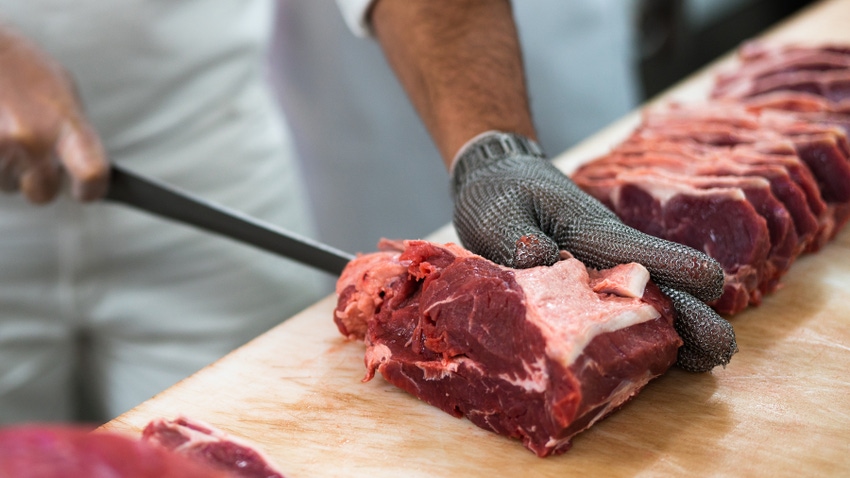March 8, 2023

by Kate Hornyak
Global supply chain issues, high input costs and concern about inflation are all taking a toll on our livestock producers’ return on investments. Meanwhile, direct-marketing beef continues to rise, allowing the “farm to table” strategy to become more profitable per head.
During the 2020 COVID-19 crisis, there were shortages and increases in price value. The meat prices increased to 21.7% by the end of May 2020 because of the contraction in meat supply. The highest price jump was observed in ground beef in May 2020 compared to previous months.
Hence, this eventuality caused more producers to capitalize on the need for farm-raised beef at a “normal” price compared to the grocery store. The demand for locally raised beef is still on the upswing.
Before you offer your product to consumers, it is critical to make sure you are producing the best quality product. Creating a high-quality beef product starts with the proper management practices. Proper feeding and nutrition are critical when marketing meat products. It is important that you are happy with the meat you are offering before you start selling freezer beef to consumers.
Seeking a USDA-inspected processing facility can assure customers you are using a reputable amenity. When livestock is processed in the facility being inspected, the sale of the product may follow the county health department guidelines.
Before putting your product out on the market, contact your processor to be sure they can accommodate your needs, and fulfill the demand of meat products. If your meat product is being sold in a public market, it is necessary to have a retail license.
However, if you are selling it to private consumers, there is no retail license required. Before selling market beef to customers, it is essential to take the correct steps and precautions.
Communicate with customers
When consumers buy freezer beef directly from a producer, often many believe they will have a better experience than going to the grocery store to buy meat. As a producer, there are several expectations to meet the customer base. Having great communication with your customers will allow people to want your product.
Many customers are used to purchasing retail meat. Ensure the buyer comprehends the volume of beef they will be receiving to determine the amount of freezer space needed. Many do not know of the amount of meat they will be receiving. Explaining the process and providing them with information about the processor, processing costs and the different cuts of meat from a freezer beef purchase can go a long way.
Providing customers with information about your management approach will allow them to feel more connected to what they are purchasing. As a producer, it is always essential to feed your livestock to the best of your ability — clean water, adequate management and feeding practices. This will ensure reputable yields and most likely repeat customers in the future.
Hornyak is the Ohio State University Extension program coordinator in Delaware County for ANR and Agritourism. She is also a member of the OSU Extension Beef Team that publishes the weekly Ohio BEEF Cattle letter, which can be found at http://beef.osu.edu.
Read more about:
BeefYou May Also Like




